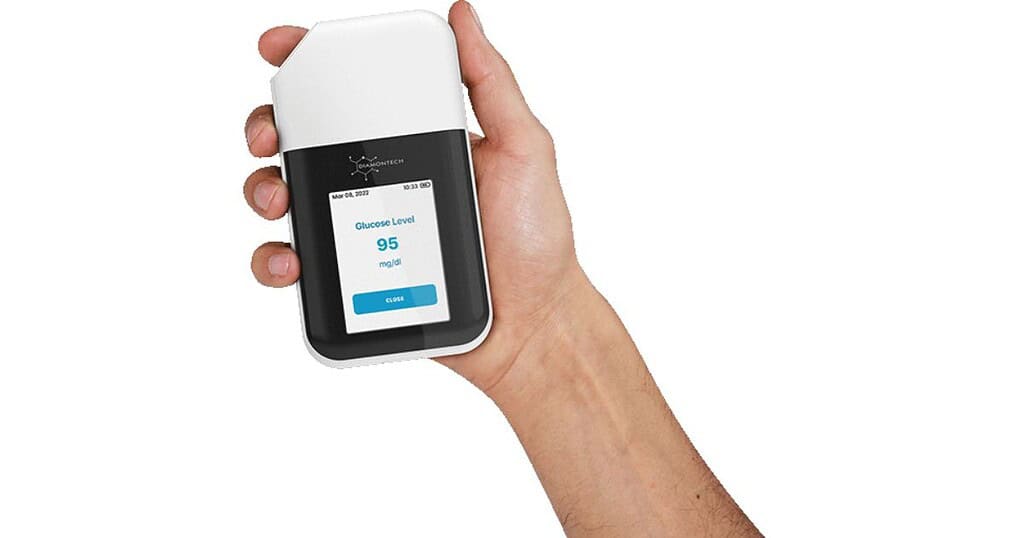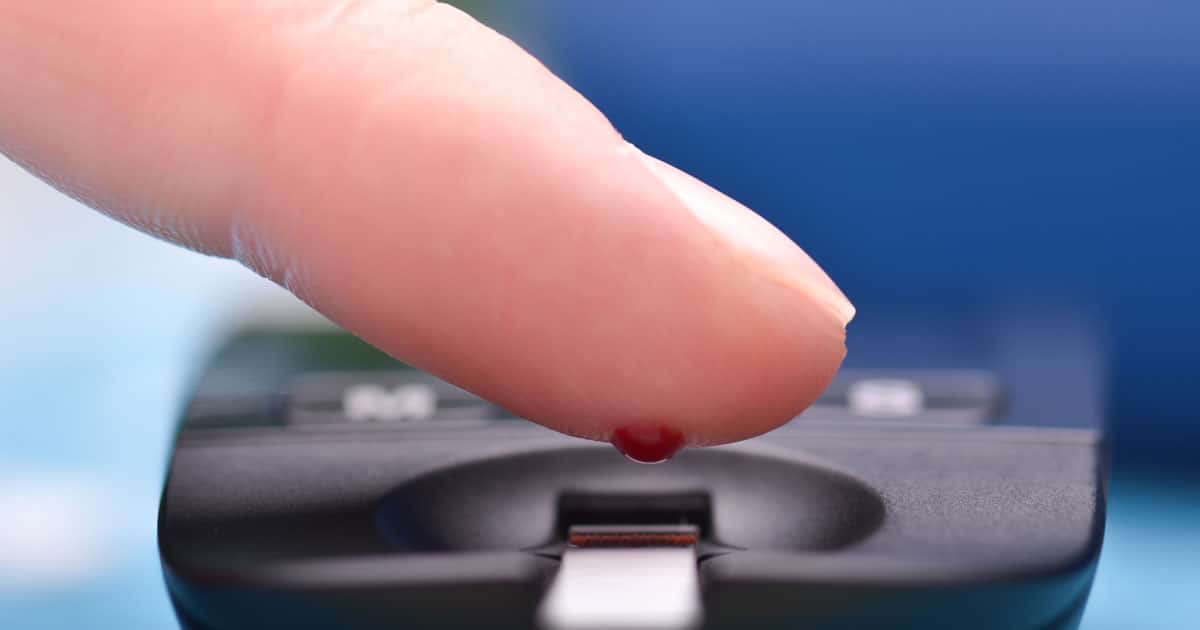Apple has been working on a non-invasive glucose monitoring feature for over 15 years, but it’s still years away from becoming a reality. The idea began during Steve Jobs’s era, aiming to help you detect prediabetes early and take proactive steps to prevent type 2 diabetes. Instead of using painful skin pricks, Apple is developing laser-based technology to measure glucose levels under your skin. While a prototype exists, it’s currently too large for the Apple Watch. So here are six alternatives you can try right now.
1. D-Base

D-Base is a compact, shoebox-sized device developed by the German company DiaMonTech. This innovative monitor uses an infrared laser to scan your finger, causing the glucose in your skin to absorb the light and convert it into heat. The device then measures the slight temperature increase (too small for you to notice) and calculates your glucose levels with precision.
In 2019, the EU approved D-Base for use by medical professionals in clinical trials and diabetes centers. In 2022, DiaMonTech secured $5 million in funding, raising a total of $20 million to help bring this technology to the U.S. market. The company is also developing smaller versions, including D-Pocket, a handheld monitor, and D-Sensor, a compact sensor designed for wearable devices.
2. FreeStyle Libre

The FreeStyle Libre lets you monitor your glucose with a sensor worn on the back of your upper arm, which must be replaced every 14 days. To check your levels, simply wave the monitor in front of the sensor or use the app on your phone. You should scan it several times a day for accurate tracking. The original Libre lacks alarms for high or low blood sugar, but the Libre 2 includes them. The Libre 3 is now available in Europe. While it eliminates finger pricks, some users report inaccurate readings or skin irritation from the sensor.
3. Eversense

The Eversense implant, developed by Senseonics and distributed by Ascensia Diabetes Care, helps you monitor blood glucose levels continuously. A doctor inserts the small sensor under your skin, where it stays for up to three months before needing replacement. It measures glucose in the interstitial fluid of your upper arm using a fluorescent polymer. The sensor sends real-time data to a transmitter, so you can track your levels easily. Approved by the FDA in 2024, Eversense offers continuous coverage for a whole year.
4. Dexcom G6

The Dexcom G6 received FDA approval in 2018 and is designed to integrate with other diabetes devices, such as insulin pumps and dosing meters. If you’re managing diabetes, this CGM can help you track your glucose levels continuously. It’s suitable for anyone aged 2 years and older.
You’ll wear a small sensor just beneath your skin in the abdominal area, where it stays in place for up to 10 days. Because it’s water-resistant, you won’t have to worry about removing it when showering or swimming. Every five minutes, the sensor sends your glucose readings directly to your smartphone, smartwatch, or tablet, making it easy to monitor your levels in real time.
Many users find the Dexcom G6 highly accurate, but some dislike having to replace the sensor every 10 days.
5. GlucoTrack

The GlucoTrack device, created by the U.S.–Israeli company Integrity Applications (now known as GlucoTrack, Inc.), offers a noninvasive way to monitor blood sugar levels. It uses a combination of ultrasonic, electromagnetic, and thermal waves to provide readings. To check your levels, you simply clip the sensor onto your ear.
If you have type 2 diabetes, this device is designed for you and is currently available in Europe. GlucoTrack, Inc. now plans to expand into the U.S. and is working on a second-generation version. This new model features a wireless ear-clip sensor that connects to your smartphone. Early study results show that the Gen 2 monitor delivers strong performance and accuracy.
6. Guardian Connect System

Approved by the FDA in 2018, the Guardian Connect System is a continuous glucose monitor (CGM) made by Medtronic, the same company that manufactures insulin pumps.
When you use this system, you wear a sensor on your abdomen along with a transmitter that sends your glucose readings to a smart device every five minutes. You also have the option to wear it on your arm, similar to the FreeStyle Libre.
Unlike other CGMs, the Guardian Connect emphasizes “time-in-range” data, helping you understand how long your glucose levels stay within the ideal range. However, this system is only approved for individuals aged 14 and older.
